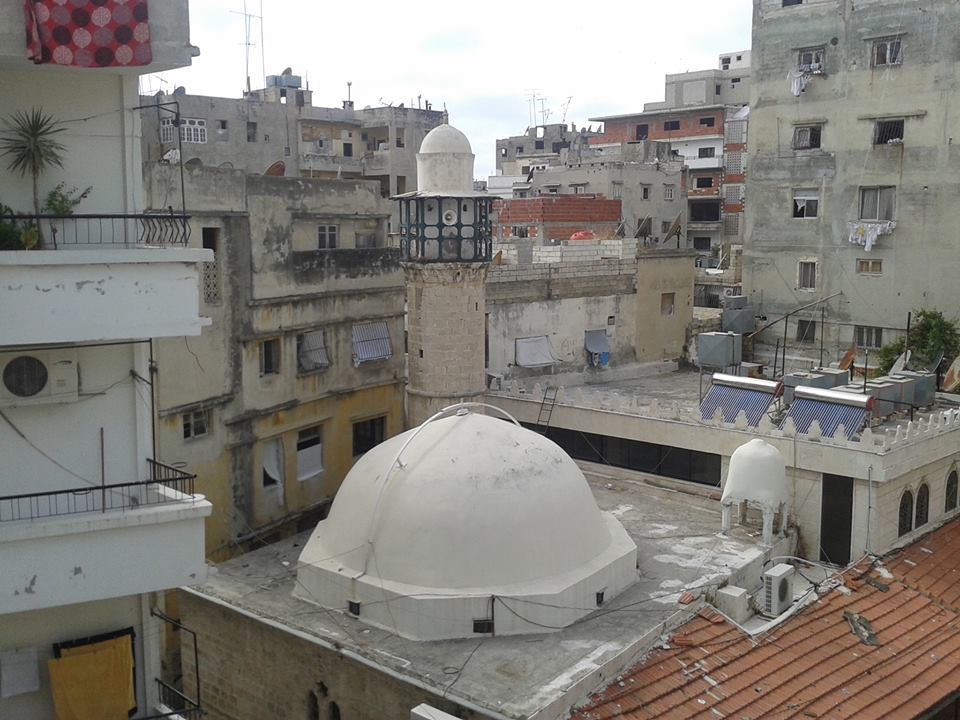
Al-Ouwainah Mosque
One of the oldest Ottoman mosques in the city, Al-Awina Mosque was built in 1727 by Suleiman Pasha Al-Azm, the governor of Tripoli of Greater Syria, during the Tulip Era—a

One of the oldest Ottoman mosques in the city, Al-Awina Mosque was built in 1727 by Suleiman Pasha Al-Azm, the governor of Tripoli of Greater Syria, during the Tulip Era—a
Built in 1827, the Al-Maghribi Mosque was established to honor Sheikh Muhammad Al-Maghribi, a revered religious figure who journeyed from the far west of the Maghreb and eventually settled in
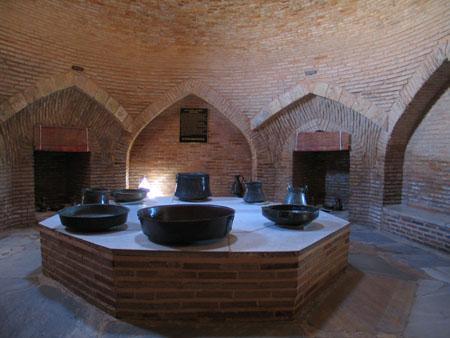
Also known as “The New Bath”, this historical hammam earned its name due to its construction around the same time as the “New Mosque” in the heart of Latakia’s old
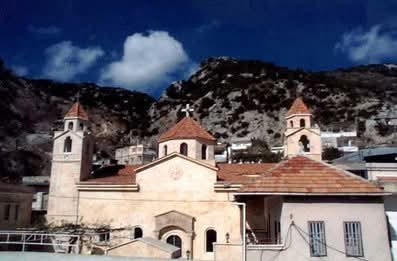
The Church of the Holy Virgin Mary of the Armenian Orthodox community is one of the oldest religious landmarks in the region. Established in the 17th century, it has long
The Sanqlis Column is an ancient Roman structure located along the southern corniche of Latakia, Syria. Its name is believed to be a local adaptation of Saint Alexius (Sant Alexi),
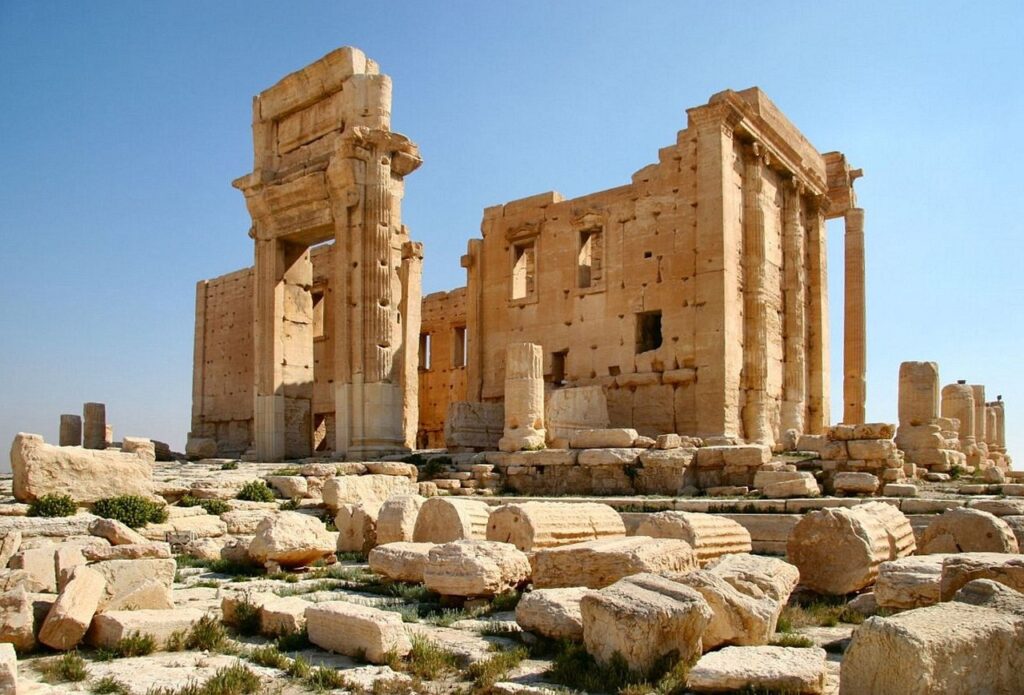
Also known as the Temple of Baal Shamin, meaning “Lord of the Heavens”, this ancient Canaanite temple was dedicated to the worship of the god Baal — the deity of

This theatre is the fifth most significant Roman amphitheater globally in terms of size and preservation, after those in Bosra and Palmyra. Built in the early 3rd century CE under
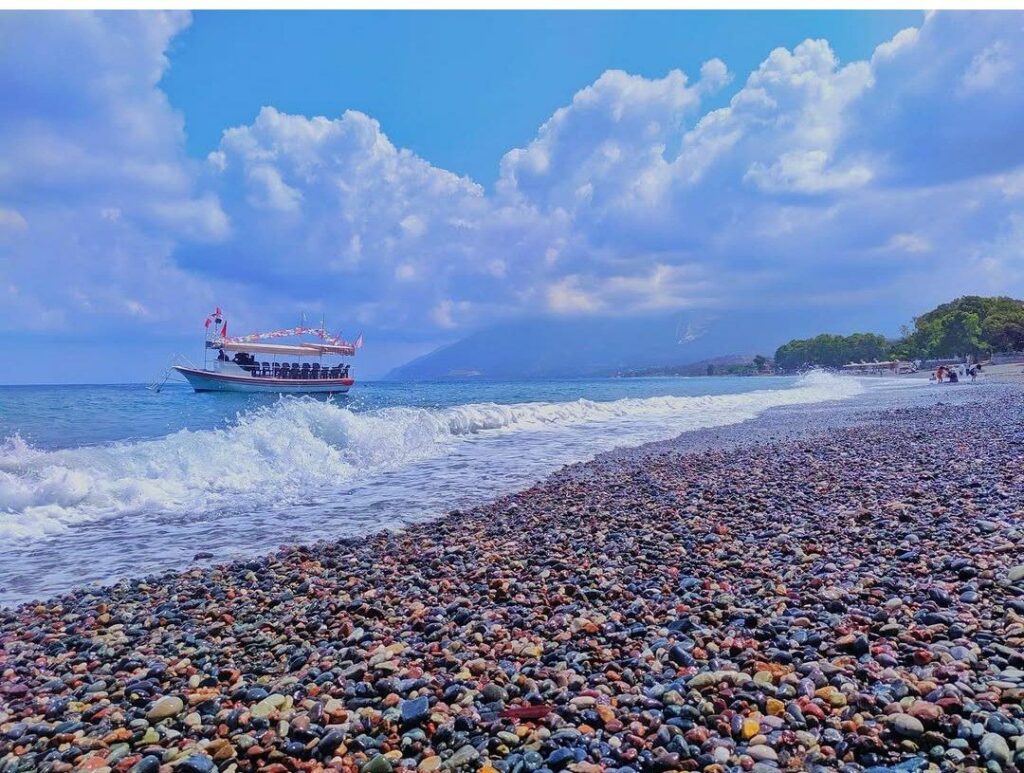
During the Bronze Age, Ras al-Basit served as an important settlement and a fortified outpost of Ugarit. The Greeks later established a colony there, naming it *Poseidon* after the sea

جميع الحقوق محفوظة لصالح JCI Aleppo
All rights reversed to JCI Aleppo